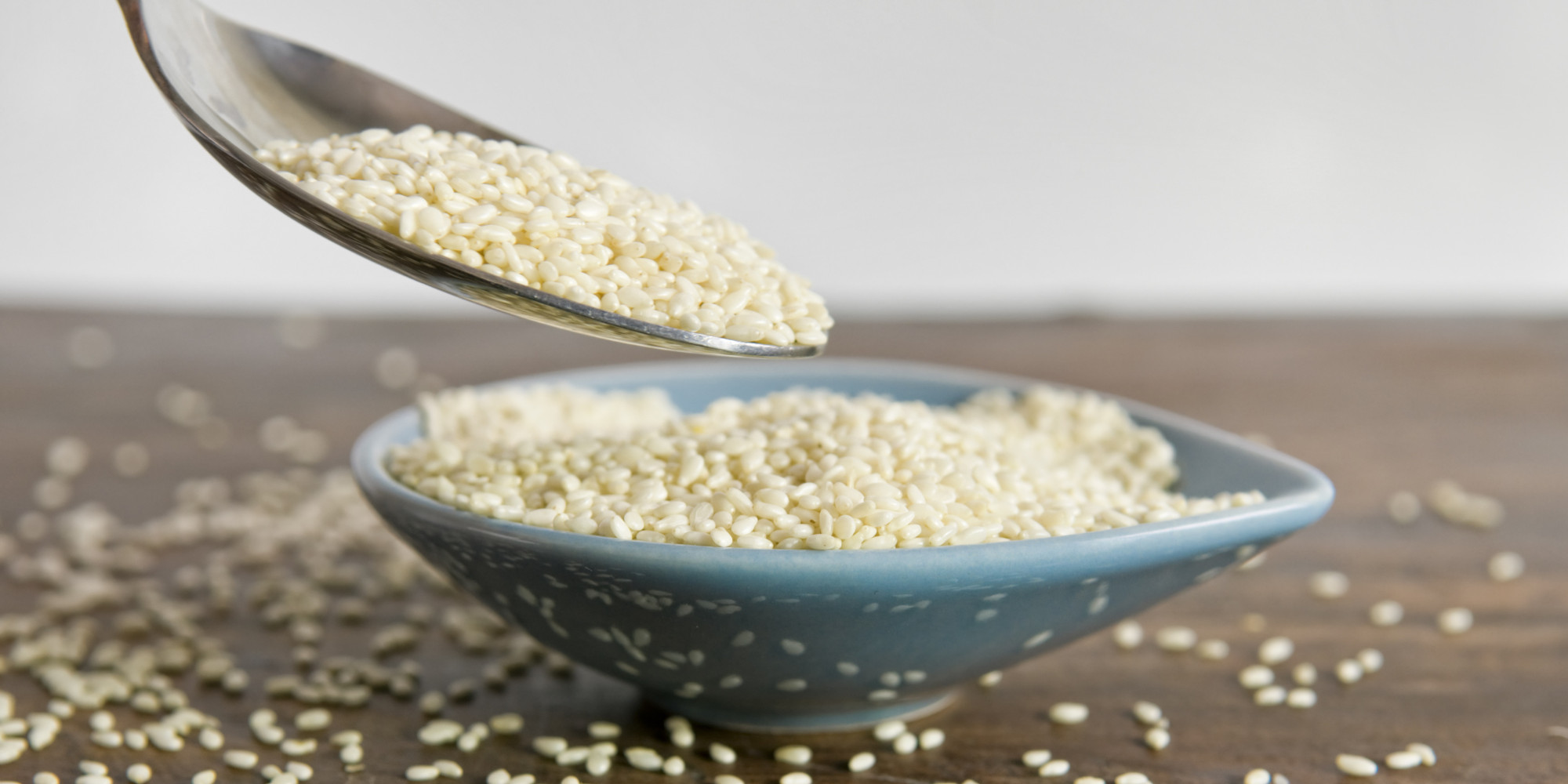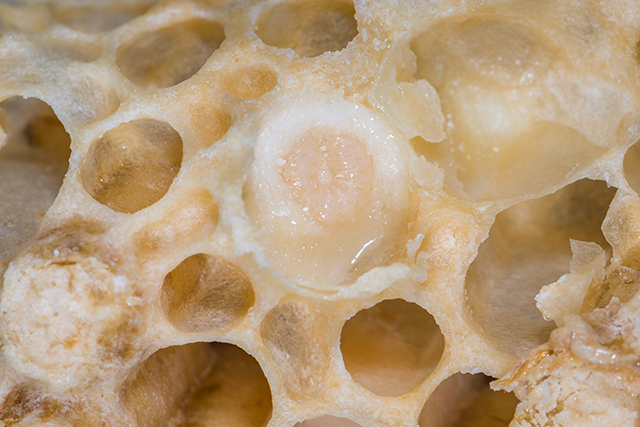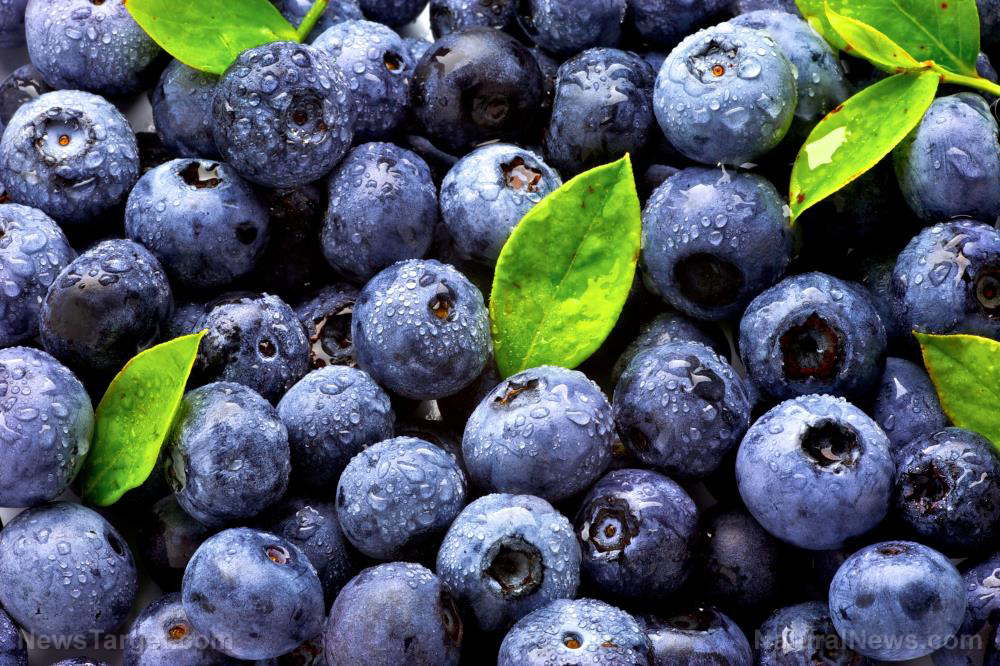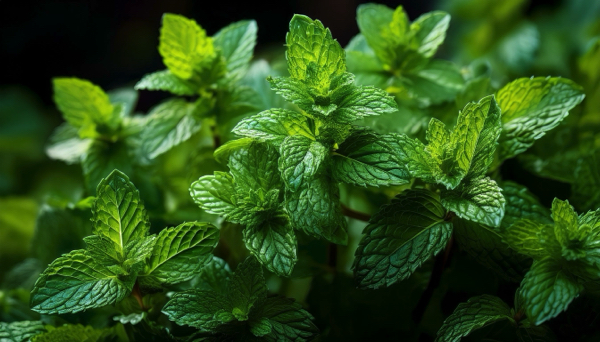The profound healing properties of sesame seed
05/09/2024 / By News Editors

When it comes to dietary superfoods, there may be nothing on Earth that packs as much healing power into as small a package as the sesame seed. Scientific studies have revealed that sesame seeds are a superior source of cancer-fighting lignans, bumping flaxseed from its “top-seeded” position!
(Article republished from GreenMedInfo.com)
Anyone who is interested in natural health is likely to be acquainted with the potent healing powers of flaxseed, 70 of which are discussed here. Thanks to two significant studies done in the 1990s, flaxseeds gained fame for their high lignan content and phytoestrogens, biologically active elements with antioxidant and chemoprotective properties. These studies found flaxseed to be the richest source of lignans, with concentrations 100-800 times higher than any other plant food tested. This led many health-conscious people to believe that flaxseed is the superior source of lignans, especially for vegans. But this is not the end of the high-lignan seed story.
An important 2005 study has put a better option on the table. Published in the journal Nutrition and Cancer, researchers compared the amount of mammalian lignan that was produced from metabolized sesame seed and flaxseed. Two specific mammalian lignans, enterolactone (ED) and enterodiol (EL), were the focus of the study. Plant lignans are converted by the bacterial flora in the colon into mammalian lignans (from the plant, to the mammal). Structurally similar to estrogen, lignans are credited for flaxseed’s ability to reduce the risk of hormone-related diseases such as cancers of the breast, ovary, and prostate. Lignans have the ability to bind to estrogen receptors in cells, an action that has an inhibitory effect on the metastasis process. Lignans are chemoprotective, anti-carcinogenetic, and pack an anti-cancer punch!
In this study, healthy, postmenopausal women ate food bars containing 25 grams of unground flaxseed, sesame seed, or a combination of the two seeds. Study participants were divided into three groups who were instructed to supplement their diets with one of the three types of food bars for four weeks. Metabolized lignans were measured via urinalysis, which was taken at the beginning of the study to determine baseline, and after four weeks of food bar consumption. Urinalysis results showed consumers of sesame seeds produced a greater amount of urinary lignans (albeit not significantly greater) than flaxseed or mixed seed consumers.
A 2012 study echoes these findings in a study of breast cancer tumor growth. Researchers compared sesame and flax seed as inhibitors of breast cancer tumor growth in mice. After 8 weeks of feeding either flaxseed lignan, sesame seed lignan, or a control (inert) substance, both flax and sesame were found to reduce breast tumor size, with sesame having the superior effect. It is suspected that sesame seed is a better inducer of apoptosis, programmed cell death, than flaxseed, giving sesame seed an anti-cancer boost.
Sesame seed has demonstrated benefit to mankind for thousands of years, and has been used traditionally for an array of health concerns. Let’s examine some of the top reasons you should consider adding a few heaping teaspoons of sesame to your daily diet. There are virtually limitless ways to consume sesame, and rest assured, it is as delicious as it is healthful.
Age-Related Decline
The majority of studies on sesame seed are for oxidative stress, which can appear as a gradual decline as we age, and in the onset of what are referred to as age-related diseases. Oxidative damage can be accelerated when we hyper-exert, as is the case of many competitive athletes. Fatigue, arthritis, muscle strain, and cognitive decline are all signs of oxidative damage that sesame seed has been found to improve. A 2015 Iranian study showed sesame seed supplementation had a positive effect on inflammation and oxidative stress biomarkers in patients with knee osteoarthritis. A more recent study examined the same stress biomarkers along with aerobic capacity in semi-professional soccer players. Players were sorted into two groups, and fed two tablespoons (40 g) per day of either ground sesame or a placebo during 28 days of regular training. The players that consumed sesame saw reduced muscle damage and oxidative stress, while improving aerobic capacity. Talk about extra points!
Pain and Inflammation
When you have pain, you also have inflammation, and sesame seeds have proven effective at treating both problems. A 2011 study exploring non-addictive, naturopathic treatment options for diabetic neuropathic pain, found that when sesame seeds were consumed in addition to standard insulin treatment, neuropathic pain and oxidative stress were reduced, as were inflammatory markers.
Two recent studies conducted on pain and inflammation associated with osteoarthritis confirm that supplementation with sesame seeds may be an effective adjunct therapy. An Iranian medical university examined 50 patients diagnosed with painful osteoarthritis of the knee. Divided into two groups, both groups experienced the same treatment protocol with one exception: the experimental group was given 2 tablespoons of ground sesame seed per day. After 2 months of study, researchers found the patients who ate sesame seeds had significantly less pain than the control group. A similar study conducted in 2017 echoed these findings.
Hypertensive Heart Disease
Ancient medical wisdom often informs modern science. Scientists routinely test herbs and folkloric remedies to see if they do, in fact, carry mystical, medicinal properties. Oftentimes, once a therapeutic property has been identified, these natural ingredients are mimicked in the lab, creating drugs that may or may not be effective or healthy. Isolating a single molecule or biological action, then concentrating it into a synthetic pill version is not the same thing as consuming whole-plant food and metabolizing it naturally in the body.
A July 2017 study asked the question, “Can sesame consumption improve blood pressure?” After a systematic review and meta-analysis of controlled trials, researchers found that, yes, sesame consumption can reduce systolic and diastolic blood pressure, due to its high polyunsaturated fatty acid, fiber, phytosterol and lignan contents. Studies have examined a variety of sesame preparations, proving that the ways you can prepare and consume sesame seed are varied but the potent healing and nutritional properties remain consistent. A study on black sesame seed meal consumed at approximately 2.5 grams per day for 4 weeks, significantly decreased systolic blood pressure, while simultaneously improving antioxidant status and decreasing oxidative stress. An important 2006 study sought to determine if adding sesame oil to the diet would interfere with other blood pressure protocols, such as beta-blockers and diuretics. After asking participants to substitute sesame oil for all other edible oils in the diet, a clear determination was made through the data. After 45 days on sesame oil: “Substitution of sesame oil brought down systolic and diastolic blood pressure to normal. The same patients were asked to withdraw sesame oil consumption for another 45 days, and the measurements were repeated. Withdrawal of sesame oil substitution brought back the initial blood pressure values.” In addition to this stunning high blood pressure cure, participants experienced a significant reduction in BMI from sesame oil substitution. No negative effects were perceived.
Whether you are consuming ground sesame seed, sesame oil, or a sesame paste such as tahini, you will benefit from adding this amazing food to your diet. To receive the maximum therapeutic benefit, it’s important to obtain organic, whole seeds. They can be ground into a condiment (combine with sea salt for added boost!) and added to soups, cereals, smoothies, and salads for enhanced nutrition and flavor. Avoid toasted oils, due to oxidation from the heat of roasting, and understand that oils have removed the fiber from the seed, which also removes some of the antioxidant benefits of lignans, the digestive co-passenger of fiber. Whole seed can be consumed in small doses by most individuals with no digestive disturbance, however it should be noted that whole seed is not recommended for therapeutic doses due to potential for irritation of the gut lining. Grinding the seeds is a form of predigestion that makes the rich nutrients more readily assimilable. Sesame is a significant source of protein, almost 20% by weight. It is a rich source of plant-based calcium, providing 9% of our U.S. RDA (recommended daily allowance). Sesame’s whole-plant form of calcium provides greater absorption and is far superior to inorganic forms of this nutrient. A 5-ounce serving provides a whopping 53% of the RDA of iron.
Read more at: GreenMedInfo.com
Submit a correction >>
Tagged Under:
alternative medicine, disease treatments, lignans, nutrients, nutrition, sesame seeds, Super foods, Xpost
This article may contain statements that reflect the opinion of the author
RECENT NEWS & ARTICLES
consumerwellness.info is a fact-based public education website published by consumerwellness.info
All content copyright © 2023 by consumerwellness.info
Contact Us with Tips or Corrections
All trademarks, registered trademarks and servicemarks mentioned on this site are the property of their respective owners.




















